
OR
How are the local governments doing?
Published On: August 16, 2020 08:30 AM NPT By: Prakash Bhattarai and Pradip Adhikari

More from Author
Local governments still have a long way to go for ensuring a pro-people and deliberative democracy with strong priority towards recognizing the voice of citizens and their meaningful empowerment.
With the successful election of the local governments in 2017, the people had expectations that the service delivery would be at their doorsteps, colloquially said in political discourse as "Ghar-Ghar ma Singha Durbar." The newly elected representatives filled about 16-years of vacuum at the local level and they were expected to manage the socio-economic and governance-related expectations of the locals. The reachability of the local governance along with the inclusive nature of the local government, with the constitutional mandate for the representation of women and marginalized groups, on paper, had the promises of meeting the objectives of better service delivery, inclusive development through broader participation, political accountability, and ownership of the government.
However, more than three years into the federal structure, these promises merit an empirical evaluation. Moreover, the performance of the local governments begs a thorough reflection on the question of how far these promises have been realized in a seemingly new political context and how the local governments can fulfil the local expectations, especially during the time of global crisis like COVID-19 and beyond.
Resources and expectations
There is a huge gap between the capacity and resources at the local level and the expectations of the people. This gap is, in part, driven by the rosy ungrounded promises of overnight economic prosperity after a system would be enacted, after a party held the majority or after a politician came to power. The disappointment is manifesting in the form of public's disapproval of the workings of the local government and the federalization in general. The difference between what could realistically be achieved and what was promised is just one part. Even for the realistic part, there is this lack of capacity on the part of the local representatives and the bureaucrats for effective public service and development planning. The development planning seems to be marred by the traditional one-year centralized module without due consideration to the long-term planning and the balance between social, economic, and infrastructural sectors. Another particular problem is the lack of sustainable practice of physical development, with a large portion of budget being spent on infrastructural development particularly in the roads, only to be needing a budget for the same work the next year.
For the lack of relevant data and prior practices, the local governments have not been able to use evidence-based practices—wide criticism of the local level’s distribution of relief during Covid-19 being one prime example. The arbitrary nature of relief distribution in the absence of reliable data on the economically vulnerable group left many into doubting whether the people who most needed the relief were the ones getting it. The perceived partiality in relief distribution caused people to protest even at the times of lockdown. Some people went as far as to assault the local representatives and to vandalize the local government offices, venting their frustrations over the poor quality of relief material and irregularities in procurement and distribution of the same. The incidents of this nature relating to relief distribution were widespread across the country with at least 72 latent or violent incidents during the lockdown recorded in Nepal Monitor. This is just an example of haphazard program delivery at the local level.
This brings us to the third concern of transparency and accountability which has been raised in the local level governance processes, at the rate higher than ever. The result of the survey undertaken by the Commission for Investigation of Abuse of Authority(CIAA) in January 2020 suggests that corruption is thriving at the local level, with more than 50 percent of the respondents claiming that the corruption at the local level has either remained the same or has increased. Similarly, of the 20,000 complaints filed at the CIAA for the 2018/2019 fiscal year,23 percent of those complaints were related to the local levels. On top of that, a report published in January 2019 showed that municipalities and rural municipalities were the second most corrupt entities after land revenue offices. These statistics show the glaring state of corruption at the local level.
Space for change
One way to contain corruption is to create a functioning check and balance mechanism through a political competition for the service delivery but the political competition also has its pitfalls. There may be an almost two-thirds majority in the federal government, but the composition of the local government is rather politically diverse.
The diversity has manifested in political competition for the development infrastructure, resource allocation, and the political appointments at the local level. Often at some local level, the tension within the local representatives and between the local representatives and the bureaucrats has spilled into the shutdown of the office or hindered service delivery for a long period of time. There is no excuse for the competition which hampers public service delivery processes for a long period of time, but conflicts are inevitable in politics and in governance. Therefore, the healthy political competition is better than the collusion between the local level stakeholders which creates a deadweight loss of efficiency.
Secondly, a strong civic engagement, which can demand transparency uninvited, is necessary to act as a watchdog to contain corruption. When the local levels do not readily deliver their promises, the watchdog should be able to demand social audits for accountability, transparency about financial reports and planning of the budget, and create a two-way dialogue between citizens and the local level officials. There is also an urgent need to increase the capacity of these citizens’ groups to monitor the roles and functions of the local governments, and take judicious actions when needed.
Regarding capacity, it seems imperative for the government to appoint human resources with the knowledge of development planning and to channel the appropriate resources towards such capacity building to spearhead the development planning at the local level. When this is done, the local level can better address the social development needs of the local people such as quality education, health, and social safety net. The bureaucrats with development planning orientation will be more able to adopt and advocate for a balanced development plan with evidence-based approaches.
At a time when the future of federalism is being called into question due to the economic burden and rampant corruption at the local level, the argument for the need of federalism will be strengthened if the role of local governments in crisis management as this pandemic proves to be pivotal. To that end, the local government, for the most part, has taken the commendable steps in disseminating awareness about the COVID-19, setting up quarantines, distributing relief to the economically vulnerable group, and working closely with the professional in the health sector in response to COVID-19. It would have been very difficult to deliver these services if the void in the local governance existed in this pandemic. The work for the local government, however, has only begun in response to COVID-19. With an active population now returning to the country or having to stay in the country at least until the pandemic ends, the local government has the responsibility to engage this active population in entrepreneurial activities or local development activities.
Lastly, the success of the local governance depends on the symbiotic relationship between the service providers and the service seekers. Local governments cannot be successful until and unless elected representatives adequately respond to the needs, concerns, and grievances of people, especially those who are at the margins. However, local governments still have a long way to go for ensuring a pro-people and deliberative democracy with strong priority towards recognizing the voice of citizens and their meaningful empowerment.
There is a slim hope that COVID-19 crisis has taught a lesson to all the local government leaders to rethink their priorities and act accordingly in the post-pandemic context.
Prakash Bhattarai and Pradip Adhikari are currently associated with the Center for Social Change. Prakash Bhattarai is a Kathmandu based social scientist. Pradip Adhikari writes about the politics and policy issues of Nepal
You May Like This
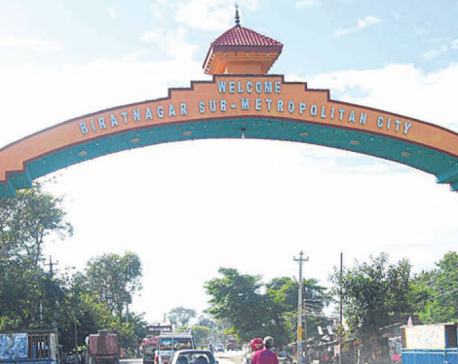
Early preparedness saves Biratnagar metropolis from inundation this monsoon
BIRATNAGAR, Aug 14: Although it's been raining cats and dogs in Biratnagar for some days, unlike in the past, there... Read More...
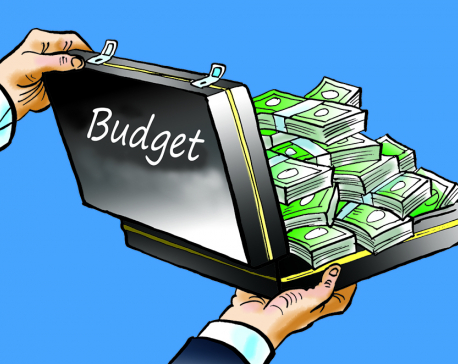
Local governments start discussion on budget formulation
BALEWA, May 2: Local governments based in Baglung district have started consultations with stakeholders in course of the formulation of... Read More...

Local’s rage forces contractors to use quality materials
JUMLA, Oct 27: In the last one decade, road networks have expanded remarkably across the country. Towns and villages in... Read More...



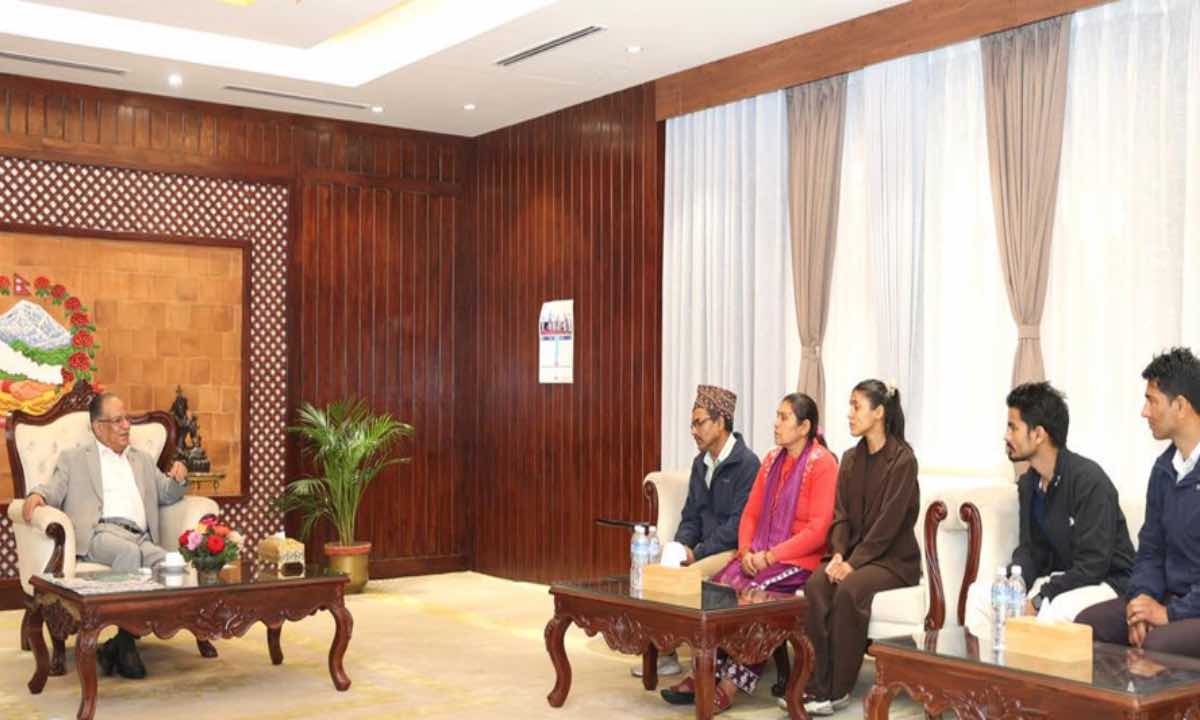
Just In
- Chemical fertilizers imported from China being transported to Kathmandu
- Man dies in motorcycle accident in Dhanusha
- Nepal face early setback as four wickets fall in powerplay against UAE
- Australian unemployment rate rises to 3.8 percent in March
- Gold price increases by Rs 700 per tola
- Fire destroys wheat crop in Kanchanpur, Kailali
- Bipin Joshi's family meets PM Dahal
- State Affairs and Good Governance Committee meeting today











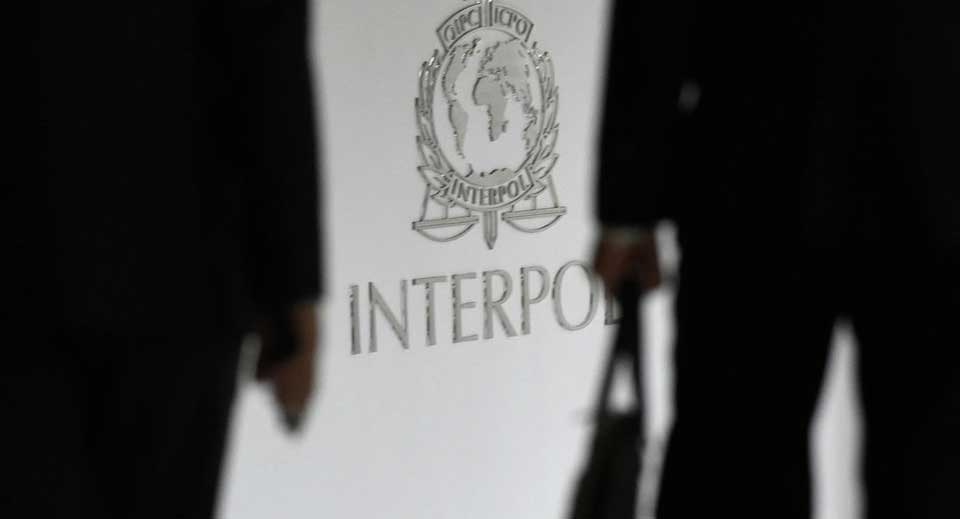


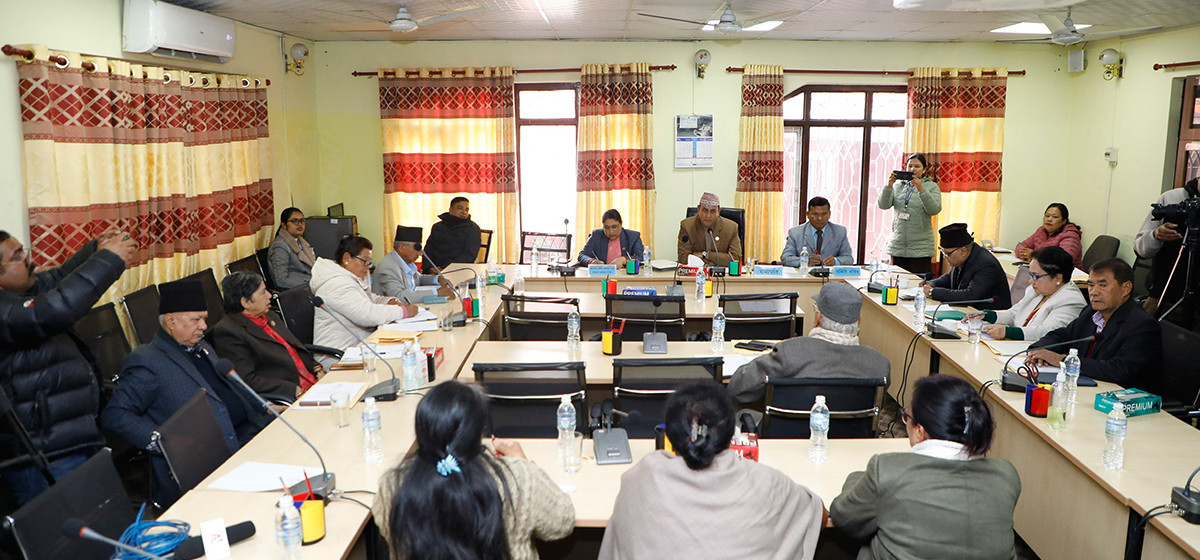
Leave A Comment